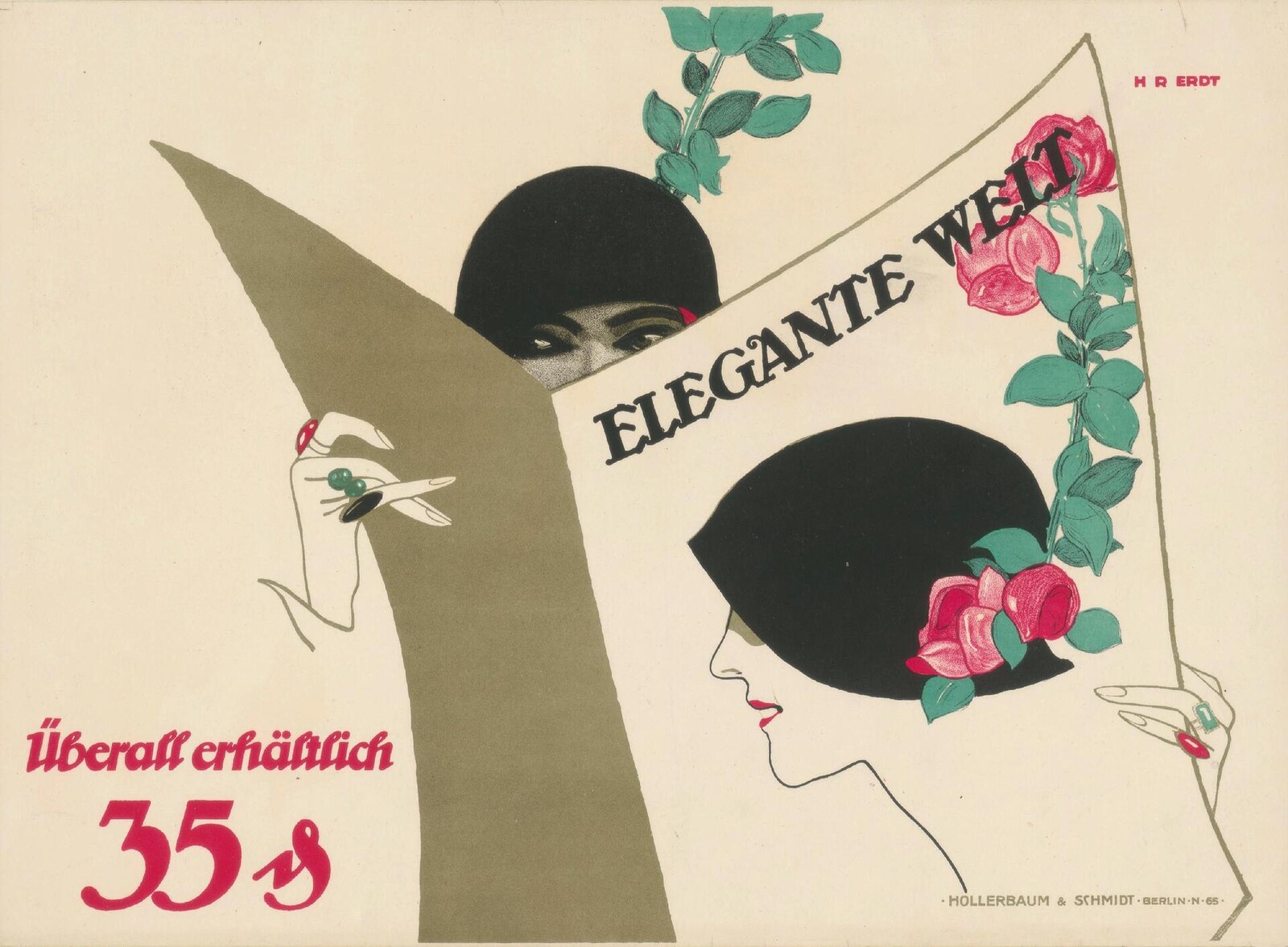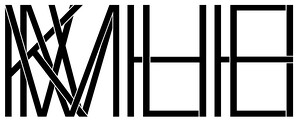November 24, 2023–April 28, 2024
Kaiser Wilhelm Museum
Joseph-Beuys-Platz 1
47798 Krefeld
Germany
Beginning November 24, 2023, the Kunstmuseen Krefeld are presenting the exhibition The Grand Seduction: Karl Ernst Osthaus and the Beginnings of Consumer Culture at the Kaiser Wilhelm Museum (KWM). Exactly a century ago, one of the world’s first design collections entered our institution: the Deutsches Museum für Kunst in Handel und Gewerbe (DM; German Museum for Art in Trade and Industry), founded by Karl Ernst Osthaus. The exhibition at the KWM honors the legacy and visionary work of this patron of the arts and collector from Hagen, who from 1909 to 1919, in collaboration with the Deutscher Werkbund, assembled impressive holdings of exemplary advertising art and everyday objects. They included posters and advertisements, typography and photography, as well as wallpaper and fabric, everyday items made of glass, metal, and ceramics, and luxury goods of silver. Osthaus worked closely with leading artists of the time, including Henry van de Velde, Walter Gropius, Peter Behrens, Richard Riemerschmid, Clara und Fritz Hellmuth Ehmcke, artists from the Wiener Werkstätte such as Mela Köhler, Josef Hoffmann, and Koloman Moser, as well as influential advertising artists such as Lucian Bernhard and Julius Klinger. With support from these renowned figures from art, the crafts, and architecture, Osthaus lay the foundations on which the Bauhaus could be built in the 1920s.
“The unique collection of the Deutsches Museum für Kunst in Handel und Gewerbe is a fascinating record of the innovative collaboration between designers and trade and industry more than 100 years ago,” explains museum director Katia Baudin. “Osthaus’s holdings still form the core of the museum’s collection of applied arts. The Werkbund idea they reflect is the basis for the Kunstmuseen Krefeld’s current program in which art, design, and architecture meet on equal footing.”
The exhibition The Grand Seduction: Karl Ernst Osthaus and the Beginnings of Consumer Culture highlights the fascinating history of everyday culture prior to World War I, when aesthetic ideals and economic goals were becoming increasingly intertwined. At the outset of the twentieth century, cultural life was changing along with industrial mass production. Where everyday urban life took center stage, commodities appeared in aesthetically designed shop windows and magnificent department stores. Window shopping and shopping as a leisure activity became part of an evolving form of consumerism. In pulsating metropolises, the culture of display was increasingly evident in public spaces in diverse forms including advertising.
Artists became commercial artists and product designers, developing a new formal language that became exemplary of modern everyday life. Osthaus’s goals were to enforce these developments and to disseminate the unity of art and life they advocated. He thus devised an innovative concept: the Deutsches Museum was mobile and designed to reach as wide an audience as possible through traveling exhibitions and a comprehensive educational program. “Educating taste” and the aesthetic permeation of everyday life were intended to provide answers to the upheavals in politics and society. The curators Magdalena Holzhey (Head of Collections, Kunstmuseen Krefeld) and Ina Ewers-Schultz (art historian, Cologne) underscore the importance of the Deutsches Museum and its diverse impulses: “With its extraordinary concept, the Deutsches Museum was already asking questions of great relevance that continue to have an impact today: “What role do art and design play in everyday life? What do ‘good taste’ and ‘proper consumption’ mean? And, last but not least, how can a museum have a lasting influence on society?”
The exhibition is accompanied by a richly illustrated catalogue published by the Wienand-Verlag in a German and an English edition. Curators: Dr. Magdalena Holzhey and Dr. Ina Ewers-Schultz.
We thank the State of North Rhine-Westphalia and the Landschaftsverband Rheinland for their generous support.






